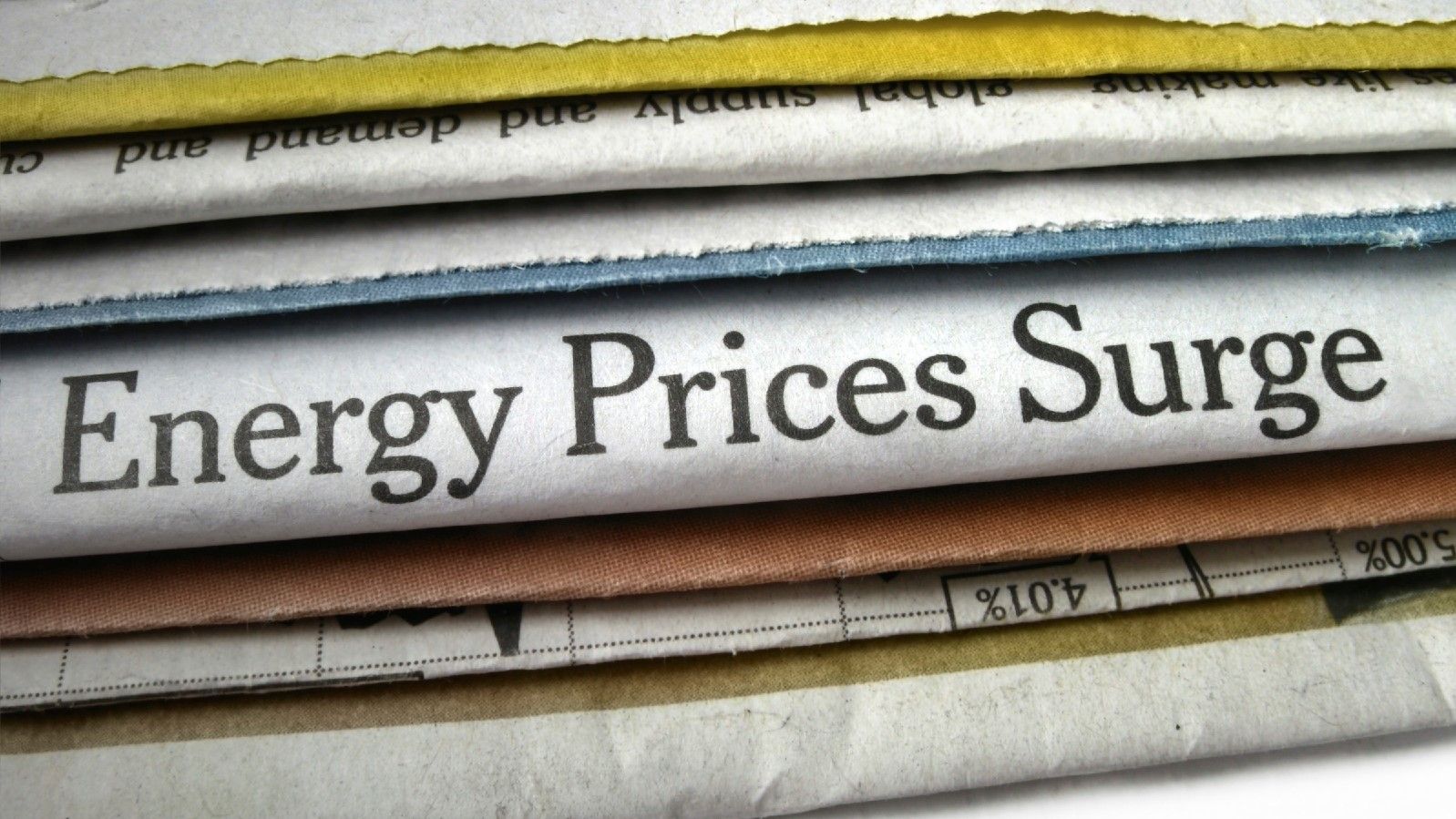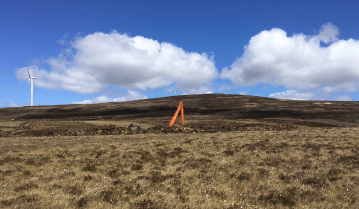ISO 50001 energy management – does it have a role in the net zero future?
18th March 2021 - Written by Geraldine Boylan

The climate crisis continues, quietly, stealthily, and on a day-to-day basis, pretty much invisibly. Thinking back to the 1990’s the message was to emit fewer greenhouse gases. Thirty years later, with the modelling of current emissions rates, the planet is moving towards a 3oC rise by the end of the century*. This message has transformed into ‘reduction is not enough, we need to get to zero emissions of greenhouse gases in the next 30 years’. I’ve worked in the industrial and commercial world for more than 20 years, and I’ve not met a business yet that doesn’t use any fossil-fuel based energy sources, nor emits any greenhouse gases.
Amongst the climate crisis, for business, the big questions “will we still be in business by 2030” “where will our energy come from?” “what will our net zero future look like by 2050?” remain – and meanwhile in all the noise about net zero emissions and how we will get there, energy continues to drive our industrial and commercial world. As the UK’s electrical grid is decarbonising (a legally binding target by 2050, with the National Grid Electricity System Operator (ESO) in the UK targeting net zero-ready by 2025), the race is back on to electric (despite the continued comparatively low price of natural gas in the UK).
Energy (however it has been transformed for our use) is still a valuable commodity. No-one in business likes wasting valuable commodities. It comes straight off the bottom line, and may be in direct opposition to environmental and energy policies in place. What sort of message does that give to investors now looking at risks in terms of wider company sustainability and return on investment?
Today, whilst reading this article, energy use continues, quietly, stealthily, and on a day-to-day basis, pretty much invisibly. Except if you ask those with KPI’s for energy (EnPIs), those who are managing energy invoices, those who have active day-to-day management of their energy performance. Those with ISO 50001, the energy management standard for example.
The ISO 50001 standard has provided the robust framework for delivering energy performance improvement, including upstream design and procurement, from way before when the ISO 9001 and ISO 14001 (quality and environment) standards were explicitly requiring this. Embedding energy-use in lifetime considerations from right at the start of the procurement/design stage will have an impact on whole lifetime energy use, forcing a consideration of potentially higher initial cost for efficient equipment and processes, but with a payback meaning that savings are accrued over a shorter period based on actual energy use. Identification of both the baseline and the driving factors for energy use is core to the standard (Clause 6).
Clear evidence of understanding ‘if we make X change to this significant energy use, we get Y saving’ is the next piece. Do you really know what the driving factors are for your business’ energy use? It can actually be harder than it sounds for some businesses which is where the combined skills of engineering and data analysis help to cut through the noise. Business wants to put the effort where you will get the results. That’s a given.
The standard is helping businesses with a larger energy-spend in particular (>£250,000 pa) to manage energy performance, saving up to 10% on energy per annum (cf performance without energy management in place). Think this doesn’t apply to you as you purchase 100% renewable electric already? Interestingly, the standard doesn’t actually ‘care’ where your energy is coming from, it needs you to evidence that your energy performance is still improving. So ISO 50001 still has a role, even if your operations are powered by 100% renewable electricity. The net zero future means that there will be a transition to electric, to hydrogen, to not using as much/ not using any, to carbon sinks/offset. But we’ll be using energy – so that’s what the ISO 50001 framework manages.
So no matter where the energy is coming from, no-one likes waste in business. ISO 50001 brings the opportunity to get organised, strategically understand your energy use and tactically move through the identified project opportunities list (equipment, people, processes), to contain your energy use, improve performance and make those quiet, stealthy and now very visible energy savings and performance improvements.
*IPCC resource: Collins, M., R. Knutti, J. Arblaster, J.-L. Dufresne, T. Fichefet, P. Friedlingstein, X. Gao, W.J. Gutowski, T. Johns, G. Krinner, M. Shongwe, C. Tebaldi, A.J. Weaver and M. Wehner, 2013: Long-term Climate Change: Projections, Commitments and Irreversibility. In: Climate Change 2013: The Physical Science Basis. Contribution of Working Group I to the Fifth Assessment Report of the Intergovernmental Panel on Climate Change [Stocker, T.F., D. Qin, G.-K. Plattner, M. Tignor, S.K. Allen, J. Boschung, A. Nauels, Y. Xia, V. Bex and P.M. Midgley (eds.)]. Cambridge University Press, Cambridge, United Kingdom and New York, NY, USA.












 Previous
Previous 

